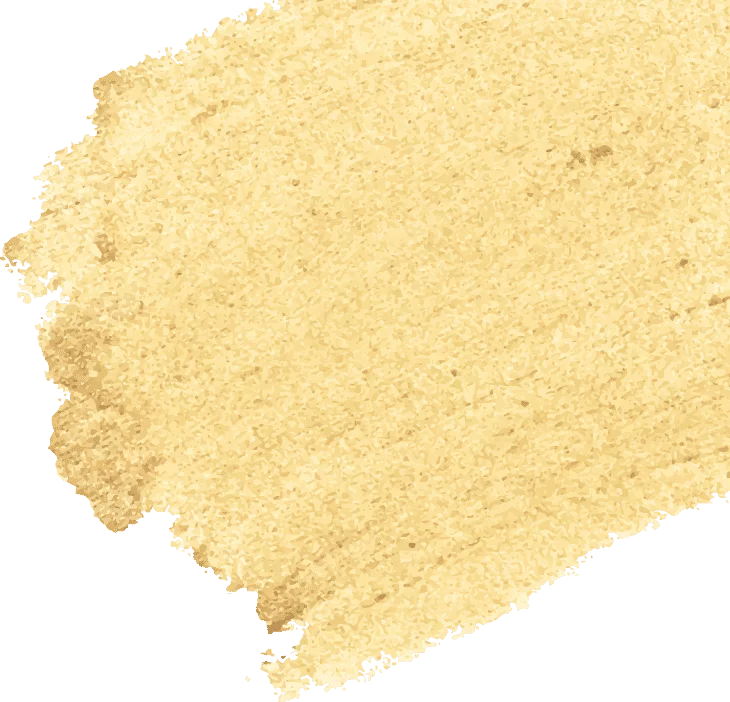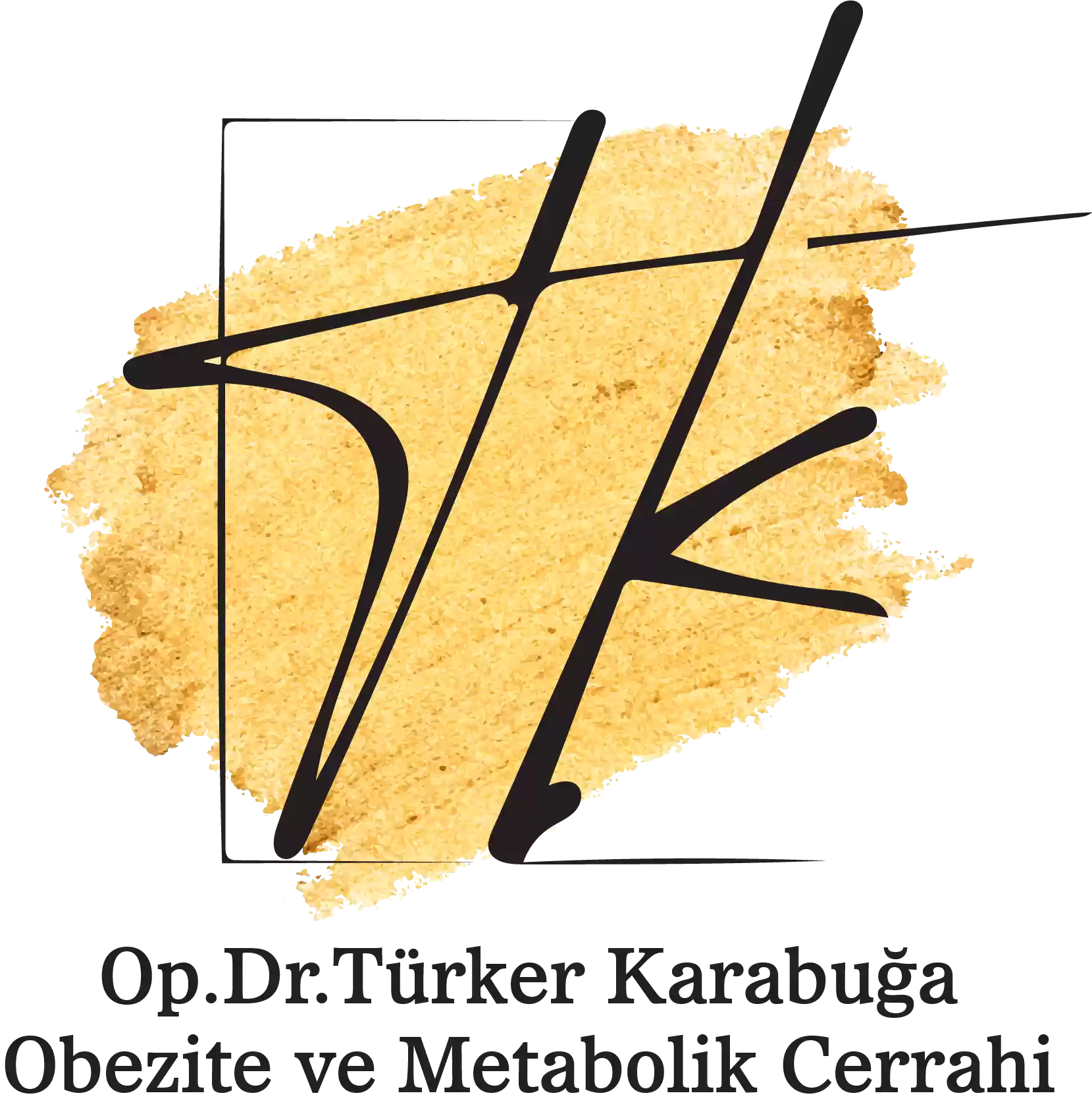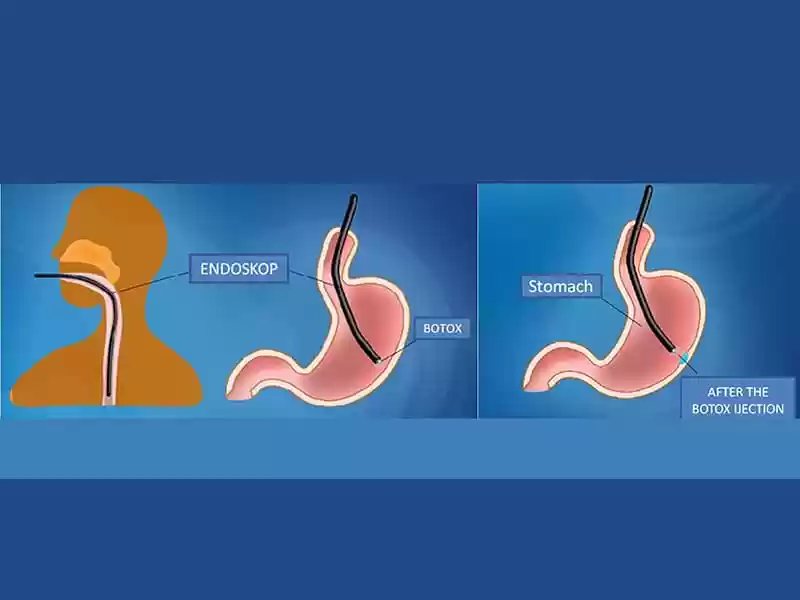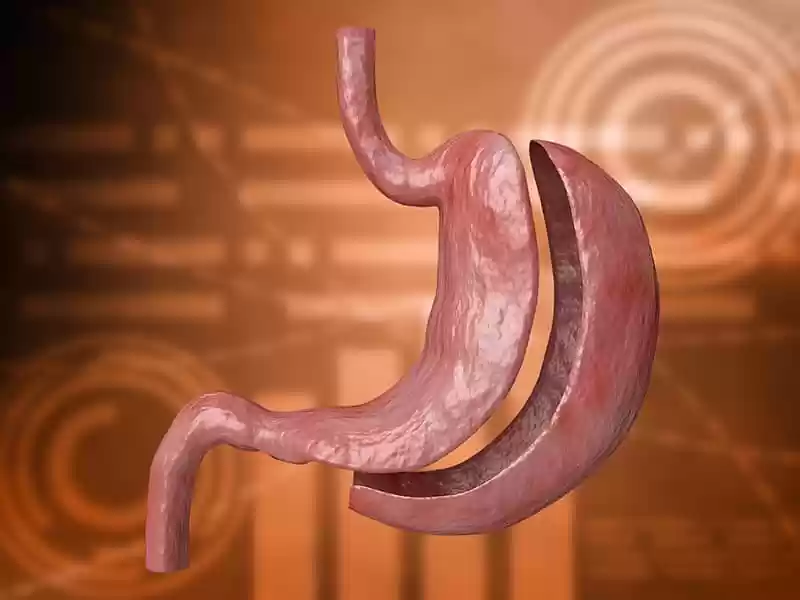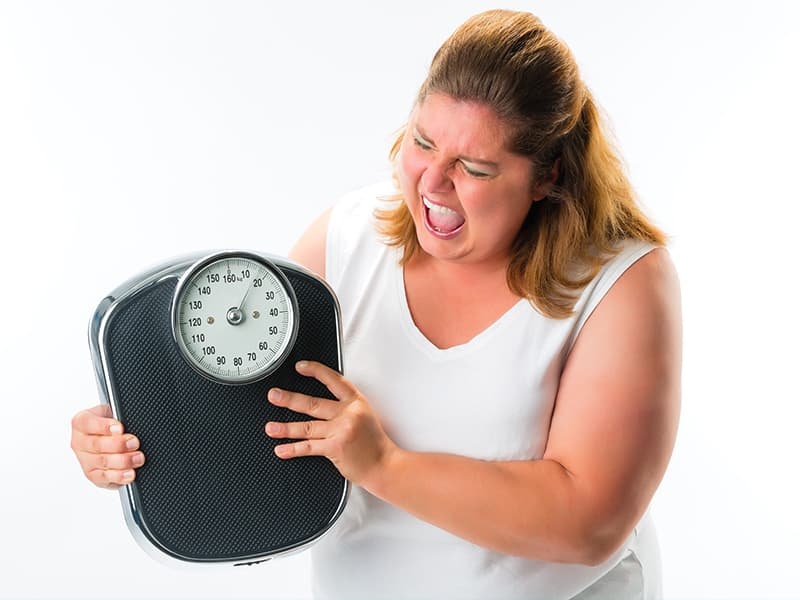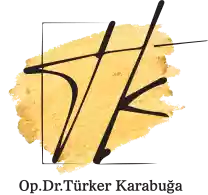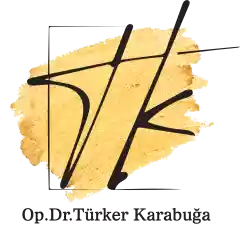What is the anatomy of the stomach and esophagus like?
The esophagus is an organ with a special muscular structure that connects the mouth, where digestion begins, and the stomach, and transmits what we eat as well as the secretions in the mouth to the stomach. Although it varies with the height of the person, in women it is approximately 36-38 cm long and 38-40 cm in men from the incisors.
The muscles of the lower esophageal sphincter in the part where it passes through the natural opening in the diaphragm called the hiatus at the junction with the stomach, which is approximately 2 cm long, have a special structure. Thanks to this structure, stomach contents do not escape into the esophagus beyond certain limits.
What is Reflux?
Gastroesophageal reflux disease, known as reflux, is the emergence of symptomatic and endoscopic findings caused by escaping stomach contents (acid, bile, food and stomach enzymes) into the esophagus above the physiological limits.
How does reflux occur?
The most common cause of reflux is insufficiency of the part (sphincter) at the lower end of the esophagus, where the esophagus muscles have a special structure, popularly called the valve.
Reflux occurs when the structure and pressure of the sphincter is overwhelmed.
What are the causes of reflux?
The most common cause of reflux is structural insufficiency of the lower esophageal sphincter. Apart from that, the following causes cause reflux.
- Stomach hernia
- Obesity
- Smoking
- Alcohol
- Pregnancy
- Overeating
- Tight clothing that covers the tummy area
- Tea coffee consumption
- Oily and fried foods
- Desserts
- Sour foods
- Sodas
Medications (painkillers, osteoporosis, asthma medications)
How is reflux diagnosed?
The most basic diagnostic tool is endoscopy. With endoscopy, gastric hernia, esophageal damage (esophagitis), Barret’s esophagus are easily detected. Sometimes, patients with normal endoscopy require a 24-hour pH monitoring test.
What is pH monitoring?
After the endoscopic examination, a thin catheter is inserted from the patient’s nose to the lower end of the esophagus, and the catheter is connected to a device the size of a Walkman, and it records the pH changes in the lower end of the esophagus that occur during the day while the patient is lying down or standing, eating or hungry, during the day or while sleeping. No special diet is given before and after the procedure; the patient continues his regular routine.
If he is on any stomach medication, this is interrupted 3 days before the procedure, the data collected at the end of 24 hours are analyzed on a computer and a score is reached. If this score is above 18, reflux surgery is decided.
What does reflux cause?
Reflux, which lasts for a long time, can cause varying degrees of inflammation (esophagitis), ulceration, stenosis (stricture) in the esophagus due to the destruction of the lower end of the esophagus, BARRET esophagus as a result of the changing esophagus cell structure, and lower esophagus cancer in later periods, as well as:
- Laryngitis
- Tooth enamel damage
- Asthma
- Chronic cough
- Bronchitis
Does reflux cause cancer?
Long-term reflux can cause the cells forming the esophageal mucosa at the lower end of the esophagus to mutate and lead to metaplasia, then dysplasia and cancer.
How can reflux be prevented?
- Sleep on a high pillow (upper body and head should be elevated when lying down).
- Avoid overeating (Eating too much increases stomach pressure and increases the likelihood of reflux).
- Eat small, frequent and regular meals.
- Eat slowly and chew food well.
- Reduce fat (Avoid fries, fast food, and margarine. High-fat foods also have a longer residence time in the stomach and release more stomach acid).
- Avoid chocolate (The substance called methylxanthine in chocolate slackens the muscles in the esophagus, causing the sphincter to slacken as well).
- Avoid coffee and consume less tea (caffeinated or non-caffeinated coffee increases the likelihood of reflux).
- Avoid substances that irritate the esophagus.
- Do not drink acidic beverages such as alcohol, cola, soda, canned fruit juices.
- Avoid very spicy foods, pickles and vinegar (Spices can increase the severity of reflux and increase heartburn. Therefore, limit spicy ready-to-eat foods and use less spices in your meals.
- Do not lie down immediately after eating, stay upright for at least 1 hour.
- Avoid drinking (Alcohol increases stomach acid).
- Avoid cigarettes and other tobacco products (Nicotine relaxes the sphincter in the lower part of the esophagus).
- Do not gain weight (Obesity increases reflux complaints).
- Try to avoid stress as much as possible.
- Since fluid consumption increases stomach pressure, take fluids between meals, not with meals.
- Try not to wear tight clothes, especially after meals, and try to wear more comfortable clothes.
How is reflux treated surgically?
Reflux surgery was first performed in 1936 by Prof. Dr. Rudolf Nissen from Germany with an operation performed on a 28-year-old patient at Istanbul University Faculty of Medicine and this procedure is still the gold standard of reflux surgery.
It is based on closing the opening in the hiatus, if any, and wrapping the part of the stomach called fundus at the lower end of the esophagus like a sleeve, preventing any seepage into the thorax and creating an artificial sphincter. The procedure is performed laparoscopically (closed) under general anesthesia with special instruments inserted through 0.5 and 1 cm incisions made in the abdomen.
What should I do before reflux surgery?
Anesthesia: You will need to see an anesthesiologist at least 48 hours before the surgery. You should inform the anesthesiologist about any medications you use regularly, your chronic diseases and the surgeries you have had.
The anesthesiologist might request for some tests before surgery. Therefore, you should come with an empty stomach. Anticoagulants: If the patient is taking anticoagulants such as coraspin, ecopirin, aspirin, coumadin, plavix, etc., the risk of bleeding will be high when he is operated under the influence of these drugs.
Such patients should discontinue their medication, wait 7-10 days for the effects of the drugs to wear off, and then be operated on. In some cases, these drugs can be discontinued and replaced with subcutaneous drugs inserted in the arm that do not affect bleeding but prevent clotting during surgery.
Fasting: The patient should fast after midnight on the night before surgery, not eat or drink anything, including water to prepare for surgery. However, patients whose surgery is scheduled in the afternoon can have a light breakfast early in the morning and fast for 8 hours before the surgery.
My Medication: A consultation should be carried out with the relevant branches for patients with disorders such as diabetes, high blood pressure, asthma to determine any risks and make recommendations. If patients are using drugs related to these disorders, they should take their medication with a sip of water, except for oral diabetes medications, even though they have been fasting on the morning of the surgery.
How long will my laparoscopic reflux surgery take and how long will I be hospitalized?
Provided everything goes as planned, the surgery will take approximately 1-1.5 hours. However, considering the pre-operative anesthesia preparation, sleeping-waking and postoperative follow-up in the waiting room, it is more likely that the stay in the operating room will be about 2 hours. Patients are hospitalized for 1 night after surgery.
Whose reflux is treated with surgery?
Patients who do not respond to medical treatment
Patients whose disorder progresses under medical treatment whose drug doses need to be increased continuously.
Patients requiring long-term aggressive drug therapy
Patients who do not want long-term and aggressive drug therapy for reasons such as cost, discomfort of use or fear of side effects
Patients who do not comply with medical treatment
Patients at high risk of developing complications in the long term (patients with Grade 3-4 esophagitis)
Patients with grade 1-2 esophagitis with defective Cardia – Esophageal Sphincters.
Patients with a sliding hernia resistant to medical therapy
Patients who develop serious complications despite medical treatment
Patients with Barret’s esophagus, severe pulmonary symptoms
What awaits me until I am discharged after surgery?
Will I be fitted with a catheter? There is no need to insert a catheter in such short-term surgeries.
Will I have pain?: As in every surgery, discomfort is felt after reflux surgery. However, after the reflux surgery, the discomfort is caused by the tension on the abdominal wall caused by the air administered to inflate the abdomen during the procedure rather than discomfort from the 5-10 mm incisions in the abdomen.
While this pain is similar to abdominal tension pain in pregnancy on the first day, pain similar to abdominal pain after sit-ups on the second and third days. This discomfort is not severe enough to interrupt daily activities and sleep comfort. The discomfort can be relieved with a pain relieving injection on the first evening and a pain relieving paracetamol type tablet on the second and third days.
When can I eat? 6 hours after the operation, you will be given non-carbonated liquid drinks such as water or tea. Liquid and soft foods are recommended for the first two weeks after laparoscopic reflux surgery. After the second week, you can switch to normal foods.
When will I stand up? You will be able to walk normally 4 hours after surgery.
What position can I sleep in the night I have surgery?
It is recommended that you sleep on your back with your head 30 degrees up after the surgery. However, the position can be changed with right and left turns to avoid back pain caused by lying in the same position all the time.
What kind of scar (surgical scar) will I have after laparoscopic reflux surgery?
If laparoscopic reflux surgery is performed through 4 holes, there will be four surgical scars, three of which are 10 mm and one is 5 mm. Open surgeries done for any reason leave a 20-25 cm surgical scar extending towards the navel in the middle of the abdomen.
Will I get a prescription on discharge? Which drugs will I use for how long and how?
Laparoskopik reflü ameliyatında 4 delikten yapılması halinde üçü 10 mm, biri 5 mm olan dört adet ameliyat izi olacak. Herhangi bir nedenle açık yapılan ameliyatlarda karnın ortasında göbeğe doğru uzanan yaklaşık 20-25 cm boyutunda ameliyat izi olacaktır. (yanlış cevap)
What I need to know after laparoscopic reflux surgery:
Dressing:
There is no need for dressing unless specifically stated by your doctor.
Do stitches need to be taken?
Since concealed (aesthetic) and dissolvable sutures are used for the incision sites, there is no need to remove the sutures.
Shower-bath:
On the third day after laparoscopic surgery, the dressings can be removed and the wounds can be showered without rubbing. There is no need to close the dressing again.
Sex life:
Sex is not recommended for two weeks after laparoscopic reflux surgery.
Fasting:
Fasting is not recommended for the first 6 months after laparoscopic reflux surgery. At the end of this period, if you do not have any other health problems that prevent you from fasting, you can fast if your doctor approves.
Driving:
You can drive from the third day after laparoscopic reflux surgery.
Alcohol:
Regular alcohol intake is not recommended because alcohol has a fatty effect on the liver and impairs its functions. If desired, alcohol can be taken after 1 month after reflux surgery. HOWEVER, DO NOT FORGET THAT ALCOHOL IS HARMFUL TO HEALTH …
Swimming:
There is no harm in swimming in the sea 2 weeks after laparoscopic surgery.
Sunbathing:
Unless there is a special reason, it is possible to sunbathe after two weeks. However, sunbathing will darken the incisions. Especially white-skinned patients should pay attention to this. High factor sunscreen should be used when necessary or a white t-shirt should be worn.
Ritual prayer:
As long as you feel well, there is nothing that prevents you from praying. Your stitches will not be damaged while praying. However, it might be beneficial to optionally sit and pray for the first week.
Back to work:
Those who do a desk job can return to work after the first week. Patients involved in physical work can return to work within three weeks.
Will I come for a follow-up after laparoscopic reflux surgery? When?
You should go to your doctor for a check-up one week after laparoscopic reflux surgery. A general checkup and incision check will be done during this checkup.
Will my eating habits change after reflux surgery?
For the first 2 weeks, a liquid and soft food-based diet is recommended. After that there are no restrictions on the condition that food is chewed thoroughly.
